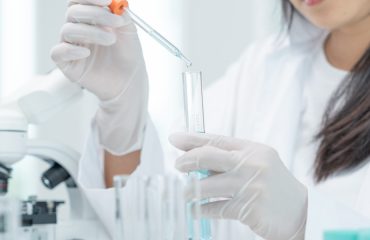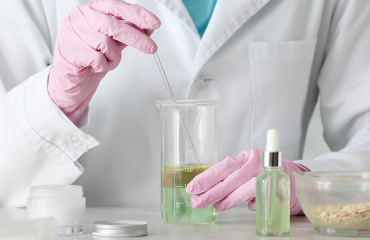China health food raw materials filing technical requirements for Ginseng, American Ginseng and Ganoderma lucidum were issued by the State Administration for Market Regulation (SAMR) on April 30, 2024. The notification requirements came into effect on May 1, 2024. This follows the addition of these three raw materials to the Catalogue of Health Food Raw Materials on December 31, 2023.
The health food raw materials filing technical requirements specify the excipients, dosage forms, processes, and other technical requirements that can be used when notifying products containing these three specific raw materials. Here are the key points:
1. Excipients Usage in Product Notification
The use of excipients is strictly regulated. Only those that are specifically listed are permitted, for example: honey, palm oil, vitamins C and E, maltodextrin, etc.. There are over 50 allowed named excipients. Please refer to the original announcement for the full list (see link below).
Excipients Usage Guidelines: Formulations should use the minimum variety and quantity of excipients as necessary to ensure the product’s stability and functionality. Excipients must not chemically interact with the main ingredients and ensure they do not affect product testing or performance.
Using non-listed excipients: If it is necessary to use excipients not listed specifically in Technical Filing Requirements for Ginseng, American Ginseng or Ganoderma lucidum or in the Regulations on Excipients and Their Use in Health Food Filing Products, additional documentation must be provided, including:
- Justification for usage (e.g. necessity for processing)
- Data ensuring product stability and safety
- Toxicological and functional evaluations of the final product, supported by scientific literature or evidence from similar products.
This documentation should be submitted under “Other materials demonstrating product safety and health functions” in the notification.
2. Dosage Forms Requirements
General Requirements:
The approved dosage forms include tablets (e.g., lozenges, chewable tablets, oral tablets), capsules (hard and soft), powders, oral liquids, mixtures, granules, pastes, and tea (bagged). These dosage forms must comply with the current Chinese Pharmacopoeia standards. The packaging materials for tea should meet national food standards.
Specific Requirements:
- In particular regarding tablet dosage form – it is not currently allowed to use tablet products (such as ginseng honey tablets) obtained by soaking or other processes using decoction pieces (or added excipients). Certain honey tablet products are going through the registration process at present – once they have been registered and approved, other products can be notified according to the relevant technical requirements of these registered products. Products using non-standard dosage forms may be considered based on comprehensive research and an application to the State Administration of Market Regulation. Such forms must comply with the corresponding national food safety standards or industry quality control standards. The SAMR will expand further dosage forms if necessary.
3. Manufacturing Process Requirements
Raw Material Specification:
Raw materials like Ginseng, American ginseng, and Ganoderma must originate from fixed sources and regions, and comply with current Chinese Pharmacopoeia standards. Preprocessing capabilities are required for filers to ensure raw materials meet formulation specifications.
Production Processing:
Allowed methods include physical crushing, water extraction, and traditional decoction. No use of ultrafine grinding or chemical alteration processes are allowed, and there should be no other production processes that cause changes in the material basis (such as steaming).
4. Technical Requirements for Product Filing
Product Name:
Specific naming conventions exist so that product names should follow the format: “brand + ginseng/Ganoderma/American ginseng + attribute.” Specific names such as “wild ginseng” are not allowed without registration.
Identification and Quality Control:
- Identification methods should be specific, sensitive, and reproducible. Microscopic identification is recommended for products made by physical pulverization.
- Physicochemical indices should include moisture, ash, pH, contaminants (e.g., heavy metals), mycotoxins, synthetic colorants with limited quantity requirements, preservatives, sweeteners, antioxidants, and pesticide residues.
- Marker components should be stable, quantifiable, and related to the product’s health function. For instance, ginsenosides in ginseng and polysaccharides in Ganoderma.
5. Other Notification Requirements
Raw Material Compliance:
Raw materials must comply with food safety laws. The filing must include quality standards and source information (supplier details and specifications).
Inspection Reports:
Products must have inspection reports from qualified laboratories, valid for two years from the report issuance date to the filing submission date.
Water Extraction Process:
For new filings using water extraction, the manufacturer must have the capability for raw material extraction. For products whose registration application is changed to a notification application, if the formula contains water extracts, and the original registrant uses commissioned production of extracts, detailed process documentation and quality control measures are required.
Further information
Read the original announcement on China health food filing technical requirements.
Read our previous blog post on China new health food raw materials including ginseng.
Contact us to learn more about our services for health food products in China.
GET IN TOUCH

 Deutsch
Deutsch  Italiano
Italiano  Français
Français  日本語
日本語  한국어
한국어 



